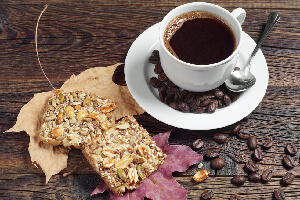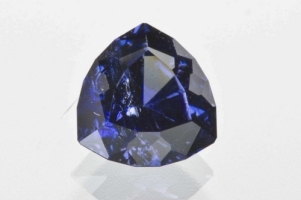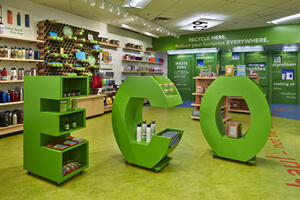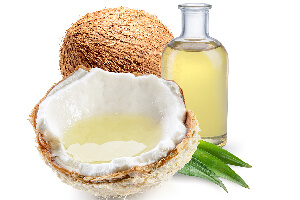Why Donkey Cheese Is So Expensive
Narrator: Pule donkey cheese is the most expensive cheese in the world. Produced by only one farm in the world, pule will cost you about $600 for a single pound. Making it requires more time and effort than most other cheeses. You need over 6 1/2 gallons of donkey’s milk just to make 1 kilogram of cheese. That’s 2 1/2 times more than what you need to make mozzarella. So, how does pule compare to other types of cheese? And why is it so expensive?
Even in the diverse world of cheese, pule is unique. There’s only one place in the world that makes it, and that’s on this farm in the Zasavica Special Nature Reserve. Slobodan Simić founded the reserve 24 years ago in Serbia. It’s one of just three areas in all of former Yugoslavia that protects a special endangered breed of Balkan donkey.
Pule is made with 60% donkey milk and 40% goat milk, and it requires months and many donkeys to produce it.
Slobodan Simić: Everything was by accident, and nothing was by accident. Our main idea about donkeys was to save this species, because the number of donkeys in Serbia was less than 1,000. That’s when I decided to build the first farm for dairy donkeys. The focus was on the dairy donkeys. And when we reached 200 donkeys, we had a surplus of milk, I thought that we should also make cheese.
Narrator: There are only about 20 donkeys that produce milk on the farm at a time. And even then, each one won’t produce much. Each donkey is milked carefully by hand three times a day. If the farmers don’t empty all of the milk, the donkeys won’t continue making it.
Slobodan Simić: We’ve tried to milk them by machine, but that has turned out to be impossible. Because a donkey is not made like a cow, to give milk, only her baby can suck it. So when we tried to put on the milking machine, it would block thee milk.
Narrator: Today, farmers care for 250 donkeys, but they can’t always take milk from all of them. Similar to cows, a female donkey will only produce milk once it’s had a baby. And each one carries a baby for a year and two weeks. Then farmers must wait another three months, once the baby has taken milk for itself, before they can begin gathering their own to make cheese.
They need 6.6 gallons of milk in total to make just 1 kilogram of cheese. And a donkey produces under 1 gallon of milk per day. That’s far less than what comes from a cow, which can produce as much as 15 gallons of milk a day. Each donkey will only produce milk for six months. Then you must wait another year to collect milk from that same donkey again.
Pule is only sold on this farm and a few others the reserve partners with, another factor that ups the final value. The farm can produce between 50 and 70 kilograms of cheese a year, but Slobodan only ever sells about a third of that. And it’s not just because of pule’s staggering price. You couldn’t legally buy pule cheese in some parts of the world, even if you wanted to.
Slobodan Simić: This milk is only consumed unboiled, fresh, which is an additional problem for the placement of this milk to the EU market, because unpasteurized milk can’t be sold in the EU. But if you pasteurized it, you’ll lose all of those precious ingredients, and then you have something that’s not valuable.
Narrator: Technically, pule cheese can be produced with milk from any type of donkey, and therefore any farm that raises donkeys. But there’s one major roadblock. Just having donkey’s milk doesn’t mean you have all you need to make this cheese. Pule is made in a very specific way, using a recipe only Slobodan and one other person in the world knows. It’s because donkey milk contains less fat than the milk of other animals, which means it holds less of the protein casein that allows many other cheeses to coagulate on their own. The recipe requires goat milk and a secret mix of additives and bacteria. This is what allows the milk to form curds, an essential stage of any cheesemaking process. Without this, it wouldn’t be possible to make pule at all.
Slobodan Simić: No one can make it. Not just at home, but well-known experts from many countries have tried to make it, and they have failed. That’s because of the additional bacteria and substances invented by our expert that succeeded in coagulating the milk, which is known to have little casein for coagulation. Many have tried, but no one managed to make it.
Narrator: The cheese is finally placed into 50-gram molds to age for a few days. Once removed from the molds, it’s set in another room to age for at least a month more. The final product is crumbly and soft with a rich flavor.
Slobodan Simić: Genuine, unique, and special.
Narrator: The cost of preserving the donkey species is another element to keep in mind when considering pule’s huge value. Slobodan must maintain the land, buy food for the donkeys, and hire workers to care for them. In a year, he spends about $100,000 just to keep the farm running. And unless producing pule becomes easier or someone else in the world discovers how to make it, nothing is likely to bring down the price of this incredibly rare Serbian cheese.
Slobodan Simić: In life, there are moments when you discover something and you feel that it is thee time to dedicate yourself to that cause. That’s what I’ve done. I’ve never regretted this decision, and I’m very happy that I was able to build a reserve like this, along with my friends and companions.















